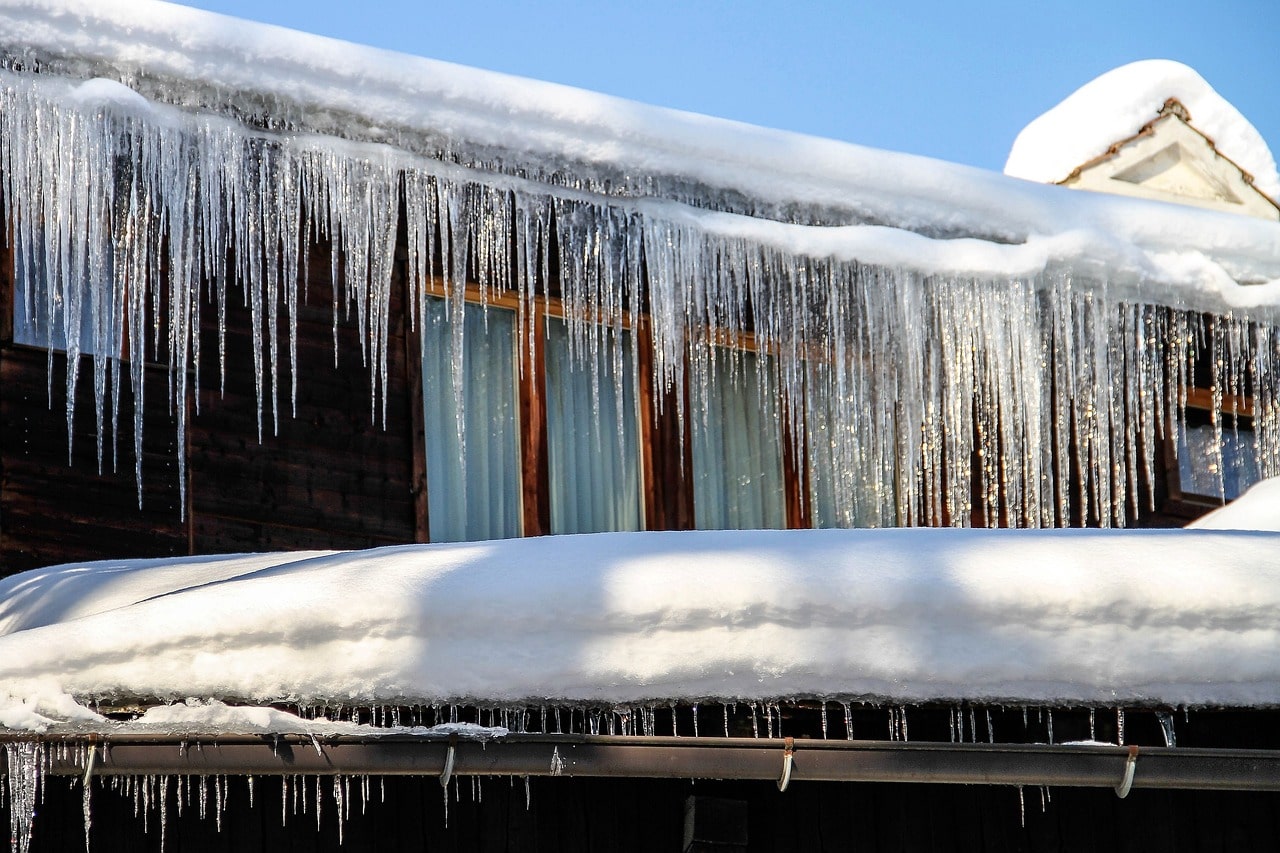We’ve all been there, dealing with those pesky ice dams on our roofs. But fear not because we’ve got the solution for you.
This article will show you how to remove ice dams from your roof using simple tools and techniques.
As Cocoa, FL roofing contractors, we’ll guide you through clearing the snow, creating drainage channels, and preventing future ice dams. So, grab your gear, and let’s tackle those ice dams together!
Understanding Ice Dams
Ice dams are robust ice formations that develop along roof edges.
They form when melted snow refreezes near the roof’s edge, creating a barrier that hinders proper drainage. Understanding ice dams is crucial for preventing damage to your roof.
One effective method is roof insulation. Adequate insulation helps maintain a consistent roof temperature, preventing snow from melting unevenly. Reducing heat loss through the attic can minimize the chances of ice dams forming.
Additionally, good insulation can improve energy efficiency and save on heating costs. Ensuring correct installation and meeting the recommended R-value for your region is crucial for insulation effectiveness.
Implementing these preventative measures can safeguard your roof and avert expensive repairs stemming from ice dams.
Gathering the Necessary Tools
We will need a roof rake, a ladder, and a roof ice melt product to gather the necessary tools for removing ice dams from our roof.
Before beginning the removal process, conducting a thorough roof inspection is essential to identify potential hazards or weak areas that could pose a safety risk.
Look for loose shingles, damaged gutters, or any other signs of damage that may need to be addressed before proceeding. Prioritizing safety precautions is paramount when undertaking any work on your roof.
Put on durable shoes with excellent traction, utilize a secure ladder, and seek assistance from someone else if required.
Moreover, it’s crucial to adhere to the manufacturer’s instructions for the roof ice melt product to ensure its safe and effective application.
Clearing Snow From the Roof
Now that we have gathered the necessary tools and conducted a thorough roof inspection let’s move on to clearing snow from our roof.
Proper roof maintenance includes regular snow removal to prevent potential damage and ice dam formation.
Safety must take precedence when it comes to snow removal.
Start using a roof rake to carefully remove the snow from the ground, working from the roof’s edge upwards. Refrain from using sharp tools that may harm the roof surface or shingles.
It’s essential to keep in mind that removing all the snow is not necessary; the goal is to prevent excessive weight and potential water damage.
If the snow is too heavy or difficult to remove, it’s best to consult a professional to avoid any accidents or further damage to the roof. Remember, regular snow removal is an essential part of roof maintenance to ensure the longevity and functionality of your roof.
Creating Channels to Drain Water
After clearing snow from the roof, our next step is to create channels that will effectively drain water and prevent the formation of ice dams.
This is crucial for preventing leaks and maintaining the integrity of your roof.
To create these channels, use a roof rake or a long-handled broom to remove any remaining snow or ice along the roof edges.
Next, ensure your gutters and downspouts are clear of debris and properly functioning. Ensuring adequate insulation in your attic is crucial to reduce heat loss and prevent snow from melting on your roof.
Establishing these channels and rectifying insulation concerns can substantially diminish the risk of ice dams and potential water damage to your home.
Preventing Future Ice Dams
To avert future ice dams, it’s imperative to tackle any underlying issues that could contribute to their formation.
One crucial step is to ensure proper insulation in the attic. Proper attic insulation aids in sustaining a consistent temperature across the roof, thwarting the formation of ice dams.
Insulation minimizes heat loss from the house, a significant contributor to the formation of ice dams.
Additionally, installing gutter guards can be highly effective in preventing ice dams.
Gutter guards effectively prevent debris like leaves and twigs from entering the gutters, ensuring unimpeded water flow and averting blockages.
Implementing these preventive measures can substantially lower the risk of future ice dams and safeguard your roof from potential damage.



Comments are closed